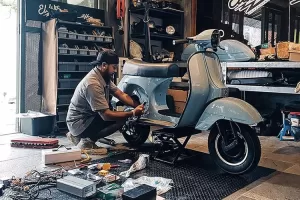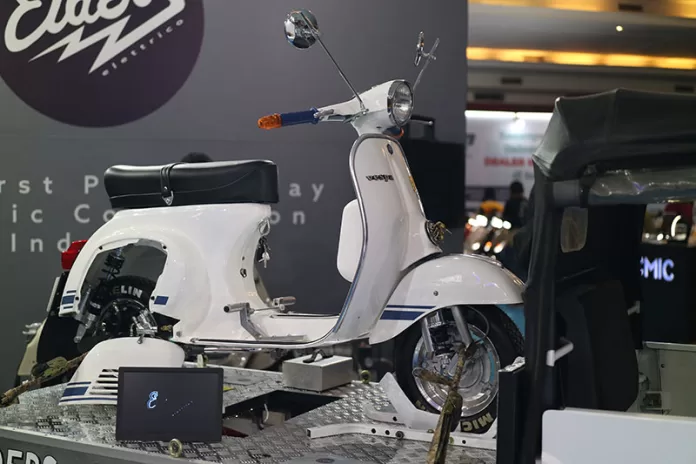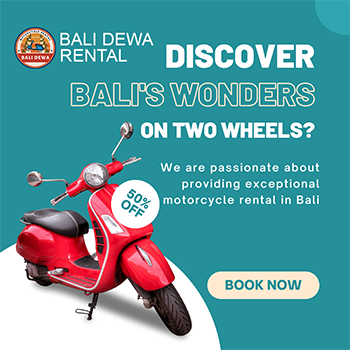The government is trying to boost the purchase of convertible electric motorbikes by increasing the subsidy rate. The subsidy provision, which was originally IDR 7 million, was increased to IDR 10 million.
This means that the subsidy for conversion motorbikes is now much greater than the subsidy for electric motorbikes which is still at IDR 7 million. The Ministry of Energy and Mineral Resources (ESDM) believes that increasing subsidies can make people interested in buying conversion motorbikes.
So people are not only focused on the subsidized electric motorbikes that are still available on the market today. As is known, the Ministry of Energy and Mineral Resources has also regulated the maximum amount for converting conventional motorbikes to electric. This aims to ensure that there are no price games carried out by certified conversion workshops.
This is regulated in the Regulation of the Minister of Energy and Mineral Resources of the Republic of Indonesia (ESDM) Number 3 of 2023, which states that the maximum conversion cost is IDR 17 million (Article 3 paragraph 3) before being subsidized.
For people who are interested in converting motorbikes, they can register via the EBTKE page of the Ministry of Energy and Mineral Resources. This platform provides applicant services for conversion registration, nearest workshop information, and checking work progress.
The platform also provides a workshop registration service for those interested in becoming motorbike converters. However, there are many conditions that must be met, considering that this is related to high voltage electricity.
The following are the stages of motorbike conversion as shared by the EBTKE Ministry of Energy and Mineral Resources:
1. Applicants can fill out the registration form online or come directly to the conversion workshop to register
2. The conversion workshop carries out technical checks on the condition of the motorbike and the completeness of the vehicle documents (suitability of KTP, STNK, BPKB, engine number and chassis number)
3. Make an agreement between the motorbike owner and the repair shop regarding conversion costs
4. The applicant fills out a statement of willingness to convert a motor vehicle
5. The workshop begins work on converting the applicant’s motorbike
6. Workshops Submit SUT and SRUT Applications Online to the Ministry of Transportation
7. Ministry of Transportation Uploads Published SUT & SRUT
8. Independent Verification Agency (LVI) Performs Verification
9. Handover of motorbikes to converted owners.
For information, motorbikes that can be converted into electric vehicles range in engine capacity from 100 cc to 150 cc. The costs borne by the applicant are also adjusted to the capacity of the drive motor and battery.





